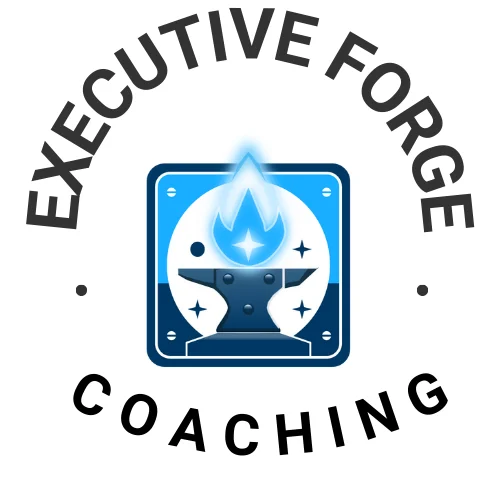As an executive and leadership coach, I’ve witnessed countless leaders grapple with a common challenge: how to guide their teams through significant changes while delivering business results. I faced this challenge many times in my own career as well. Whether it’s an agile transformation, technology modernization, or a shift in company culture, leaders often find themselves at a crossroads. Should they invest time and resources in developing their existing team, or is it more efficient to bring in new talent already aligned with the desired direction? Today, we’ll explore this dilemma and provide a framework for making this crucial decision.
The Challenge of Change
Leaders initiating transformational efforts often face resistance from their teams. This resistance isn’t necessarily due to stubbornness or incompetence; rather, it’s a natural human response to change. In my personal experience leading agile transformations and technology modernization projects as a tech executive, I encountered these challenges firsthand. I’ve seen highly skilled professionals struggle to adapt to new methodologies and technologies.
For instance, during an agile transformation at a large tech company, I witnessed architects who were accustomed to traditional development methods still insisting on creating detailed designs upfront. This approach contradicted the agile principle of iterative development and adaptability. Similarly, product managers, deeply rooted in their familiar processes, continued to write lengthy documents detailing all requirements at the outset, rather than embracing the agile concept of iteratively evolving requirements as the team learns more through development cycles.
In another case, during a DevOps transformation at a large company, I witnessed operations and security teams clinging to legacy processes and resisting the adoption of infrastructure-as-code practices. They often argued for maintaining existing deployment procedures, citing their reliability and security, rather than embracing the potential of automated pipelines to improve speed and consistency of releases. This resistance to change hindered the organization’s ability to achieve faster deployment cycles and reduce errors in the production environment.
These examples illustrate how even experienced professionals can struggle to shift their mindset and practices, even when the benefits of change are clear from a leadership perspective. The challenge lies not just in implementing new processes or tools but in fundamentally changing how people approach their work and think about problem-solving in their roles.
The Pressure to Perform
While teams grapple with these changes, leaders face mounting pressure from stakeholders to deliver results quickly. This creates a challenging dynamic: leaders need to show progress, but their teams are slow to adopt new practices or mentalities. This disconnect can lead to frustration on both sides and may tempt leaders to consider replacing team members who aren’t adapting quickly enough.
The Dilemma: Invest or Replace?
So, should leaders replace their teams or invest in them? This is rarely a black-and-white decision. Replacing team members can bring in fresh perspectives and skills aligned with the new direction, potentially accelerating progress. However, it also means losing valuable institutional knowledge and potentially damaging team morale.
On the other hand, investing in existing team members through training, coaching, and support can lead to a more cohesive and loyal team in the long run. It also demonstrates a commitment to employee growth and development, which can enhance the company’s reputation as an employer.
A Framework for Decision-Making
To help navigate this complex decision, I propose the following framework:
- Assess Individual Potential: Evaluate each team member’s ability and willingness to adapt. Look for signs of openness to learning and growth, regardless of current skill level.
- Analyze Skill Gaps: Identify the specific skills needed for the transformation and assess how far the current team is from the desired state.
- Consider Time Constraints: Evaluate how quickly the transformation needs to happen. Some changes may allow for a more gradual approach, while others may require immediate expertise.
- Evaluate Cultural Fit: Determine if resistance is due to skill gaps or fundamental misalignment with the new direction. The latter may be harder to overcome.
- Calculate Investment Required: Estimate the resources (time, money, effort) needed to bring the current team up to speed versus the cost of hiring and onboarding new team members.
- Assess Risk: Consider the risks associated with both options, including potential loss of key knowledge, team morale impacts, and the uncertainty of new hires.
- Blend Approaches: Consider a hybrid approach where you retain key members, invest in their development, and selectively bring in new talent to fill critical gaps.
Conclusion
Ultimately, the decision to invest in your current team or bring in new talent depends on your specific situation. In many cases, a balanced approach that combines investment in current team members with strategic new hires can yield the best results.
Remember, successful transformations are as much about people as they are about processes or technologies. By thoughtfully considering your team’s potential and demonstrating a commitment to their growth, you can often unlock unexpected capabilities and create a more resilient, adaptable organization in the long run.
As you navigate these challenges—challenges I faced myself during my time as a tech executive—remember that change is a journey, not a destination. With patience, clear communication, and a strategic approach, you can guide your team through even the most significant transformations.


